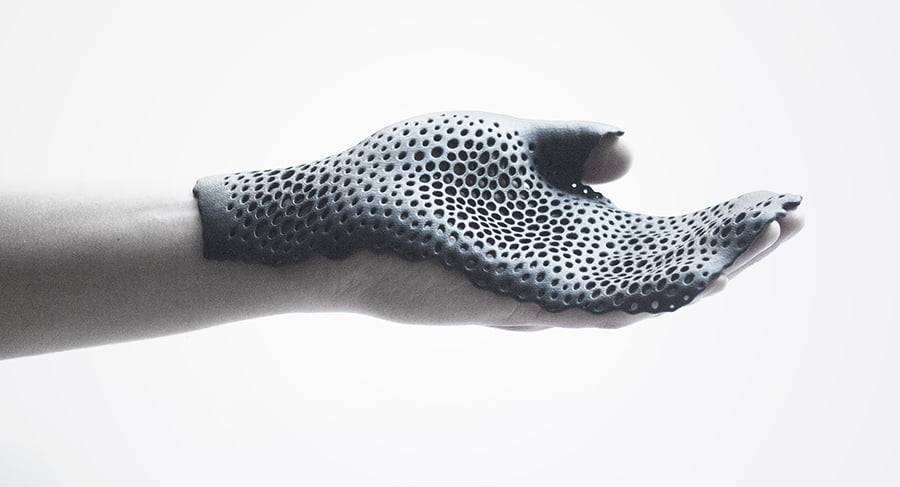The introduction of 3D scanning and printing technology at Tan Tock Seng Hospital (TTSH) Foot Care and Limb Design Centre has cut waiting times for patients who require customised ankle-foot orthotic braces.
They can now receive one in just one to four weeks, compared with a wait of up to 12 weeks previously.
Mr Khalid Anuar, who heads the centre, said the conventional method that has been used for decades is laborious.
“The process involves creating a cast of the patient’s leg out of plaster of Paris, which is used to make a model. Technicians then heat sheets of plastics and shape them over the model by hand.”
Noting the rising popularity of 3D technology, Mr Khalid and his team of prosthetists and orthotists at the centre started exploring how it could be used to improve their services in 2016.
The new method involves using handheld scanners to create a digital model of a patient’s limb.
A brace is then designed and adjusted using 3D software based on the scan of the patient’s limb. Once the design is finalised, the file is sent to a local 3D printing company, Forefront Additive Manufacturing, which prints the brace using a type of plastic called nylon 12.
The thickness of the 3D printed material can also be varied to balance flexibility, durability and strength, which was not possible using the old method, Mr Khalid said.3d
Besides a shorter waiting time, the main advantage of 3D printed orthoses is that they fit better and are more comfortable for patients, he said.
Mr Khalid added: “If they don’t find it comfortable, they will not want to wear it, and that defeats the purpose. They may also develop other secondary problems like knee pain and back pain as a result of the poor walking pattern.”
Following several rounds of trials, the first such device was given to a patient at the centre early last year.
For their efforts, the team won a Best Practice Medal at the National Healthcare Innovation and Productivity Awards 2019 organised by the Ministry of Health earlier this month.
One patient who benefited from the new process is Ms Wee Tin Fang, 79, who received her device last month after a four-week wait.
Following a stroke in 2014, Ms Wee found that the sole of her left foot slowly began to turn inwards, a condition known as inversion. This made it difficult to walk properly.
Mr Tsurayuki Murakami, a senior prosthetist and orthotist at the centre, said: “The effects of this condition can worsen over time if it is not controlled and can lead to muscle tightening.
“An orthotic brace can correct the alignment of the foot and prevent the symptoms from worsening.”
In 2016, Ms Wee decided to get an off-the-shelf orthotic device, but it was a poor fit that caused blisters and bruising. She stopped using it after less than a year, and her condition deteriorated.
In March this year, Ms Wee’s younger sister suggested that she have one custom-made after meeting a neighbour who was using such a device from the TTSH centre.
“I’m happy that I can walk by myself now,” said Ms Wee, who lives with her sister.
She said the device cost her about $100 after subsidies, about the same as what she would have paid for one made using the conventional method.
The price before subsidy is about $700.
Mr Khalid said the 3D scanning and printing techniques can also be used to make other devices like supportive back braces for patients with scoliosis and prosthetic limbs for those who have undergone amputation.
He added: “Digitisation also opens up the possibility of collaborating with experts or institutions overseas as it’s easy to share the files online.”


